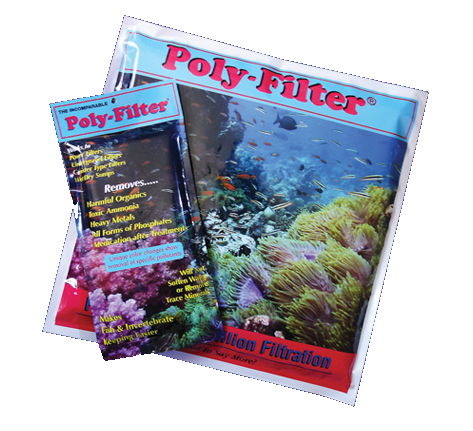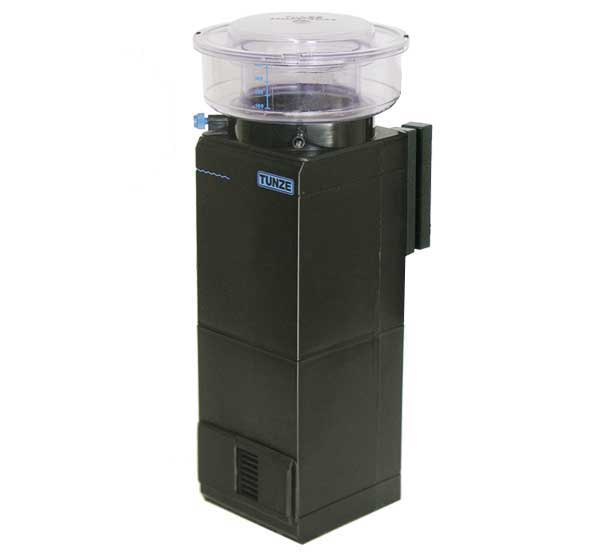Introduction
It is always of interest to hobbyist to understand the behaviour of the organisms we raise, to best take care of them.
As we all know, some fish displays aggressive behaviour towards any of its conspecifics. Others, only to the same sexes. Then there are those that besides a 'mate', will definitely take on anything else.
There are fish that will not tolerate any coinhabitants, and those that will easily. There are those 'in-between' as well. Sometimes, it seems like it all just varies with each specific individual.
Whilst certainly the combination of behavioural factors is part of what makes each and every species unique, and then every individual amongst that species, there are certain behaviours that we can observe as being consistent throughout many species. By understanding these behaviours firstly, and relationships between these behaviours secondly, we can definitely have a more profound understanding of our live stock.
Fight or Flight
The 'fight or flight' response is one that is deeply ingrained in many animals, one that trascends the various animal kingdoms.
'Fight or flight' denotes a very simple biological decision, that of whether to run from a dangerous situation, or deal with it head on. Whilst this is generally most obvious in fish, you would probably have stumbled upon it elsewhere.
Did you ever notice that many clams would close up quickly if you shadow the lights? It is a response to danger, or at least 'perceived' danger. In the wild, they associate being shadowed with the presence of something above, shading the Sun. This something 'above' could very well be a predator, hence the closing up 'flight' response.
'Fight' and 'Flight'?
As we can see above, the definition of 'fight' and 'flight' can be quite broad. 'Flight' doesn't mean that one has to definitely run away. It could be something like the clam's 'closing up', or a coral retracting its tentacles into itself. Neither of this allows the organism to go anywhere far, but it is enough to escape from a predator.
'Fight' too, does not necessarily mean 'fight' in the sense of a battle ensuing. A 'fight' response can simply involve the act of rasing one's defenses, such as a pufferfish puffing up, or a lionfish raising its spines. Essentially, if 'flight' is an act of escape, 'fight' is an act of defiance.
It is important to understand the definition of these words, to fully understand why our livestock do what they do. Or at least, provide some explanation for it.
A Perceived Threat
One of the factors that we have to keep in mind is that a 'threat' may be perceived, i.e. non-existent.
However, due to the way organisms are programmed, they may still react nonetheless - for example, with the clams and shadowing example above.
Why is this important? We must remember then that what we know or perceive is not as important as what our live stock know or perceive.
One of the most obvious example of this is with cichlids. Many cichlids fall prey to birds and the likes. Birds rely mainly on sight to spot their prey, and in areas of open water, they can obviously spot their prey better.
Cichlids, therefore, avoid open areas like the plague, unless there is indication otherwise. Over time, they will eventually 'brave the outdoors', though it will take time for them to do so. Even then, their fight or flight response kicks in, if there is any semblance of danger, such as when you approach. Though in this case, it will almost always be a 'flight' response. This is because everything boils down to survival (and passing down of their genes), and in situations where they have little chance to fight back, their instinctive response is to run away.
So what can you do? You can turn off their 'fight or flight' response by adding what are called dithers, or in other words fish that acts as a safety indication. There are many open water fish that will brave the open in large numbers, such as rainbowfish. With these in the aquarium, it will give the cichlid a sense of safety. If these fish are not being eaten, then a likelihood of predators is low.
A True Threat
Understanding the 'fight or flight' response is also important to understand many of the interactions between our livestock.
When dealing with predators or major dangers, the instinct is to run away. When dealing with a much more managable danger, such as competition, then the instinct gears more towards te 'fight' response. Fight for mates, fight for food, fight for territory.
Many of this will still depend on the situation, but others will be almost exclusively a 'fight' response, when the 'flight' response is unavailable.
How is this important, and what does this explain? This explains a lot. Have you ever seen a cichlid defend its young? For many cichlids, the young are defenseless and are totally reliant on the parents. In such cases, leaving the young means certain death, and so even if possible, cichlid parents may not leave their youngs, in order to protect them. When the 'flight' response is forced to be switched off, the 'fight' response tends to be much more intense as well.
This is why many fish are so much more aggressive during and after breeding.
This is the same for territorial aggression. Having chosen a home, they have nowhere else to flee to, and so will do anything to protect it. Well in the wild, they can abandon their home, but...
In Our Aquarium
Our aquarium is quite special because we put fish together into a box that is probably at least a thousand times smaller than their natural habitat. At least. At least.
So don't be surprised if there is a lot of territorial encroachment, or if there is a lot of 'fight' responses going on. It is easy for a fish to be cornered, and obviously when cornered - the 'flight' choice is gone. And so, fight.
One major is issue is... what happens if both 'fight' and 'flight' are unavailable options? Have you ever seen your fish tucked away in the corner of your aquarium, afraid of coming out? Yeah...
So how do we control this.
Simple. We just have to make it so that the fish don't need to choose between 'fight' or 'flight'.
Okay, it is not as simple as that.
Think back to the example above. Most cases result from a fish addition into a tank with a fish that already has a territory. The fish feels like it needs to protect it, and will chase away the invader (the new fish). On the other hand, in nature, the invader might just run away, but in our aquariums, they will still be somewhere around. Having not manage to chase away the invader, the defender just have to try, and try, and try again. Even when the 'invader' is tucked in the corner. So next time, don't blame that 'aggressive' fish of yours. It is just protecting its territory, and is probably just as scared.
There are many methods that can work, but usually 'resetting' the aquascape will help. When this happens, no one has territories, and so everyone has to establish something. In this case, it might just work out as fish do not actually require that big of a territory. The issue normally is that once established, a territory keeps on getting bigger and bigger, until it meets the edge of another where it stops. So multiple territories established at once will work, but sequential additions mean that something will encroach upon something else's territory, and whilst fish are happy to have a limited territory from the beginning, they do not like a big territory being narrowed down.
The above is just one issue that arises from the 'fight or flight' response. There are many others, such as issues with fish running into rocks and the likes and hurting themselves out of fright. All of this must be managed, by reducing the need for the fish to resort to the 'fight or flight' reaponse.
Because when they need to initiate that response, they feel endangered, and will be stressed out and may exhibit dangerous behaviour. We definitely don't want that.
Conclusion
This really is just a short article on this behaviour. It is truly much more complex than this, but you should get the general idea. The thing is you must always keep this in mind as a consideration, when determing why your live stock is behaving in a certain way. 'Why is my fish spazzing out? Why is my corals retracting? Why is my anemone running amok? Why is my clam moving? Why are my goby and blenny not getting along?' Well. 'Are they running away or dealing with it head on? Are they initiating a 'fight or flight' response? How can I alleviate this?'









